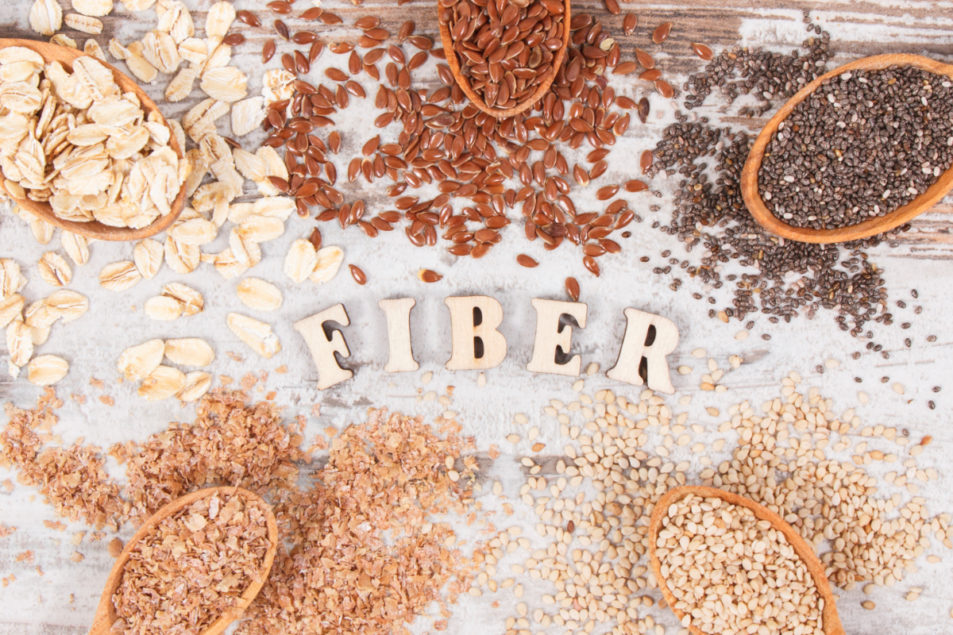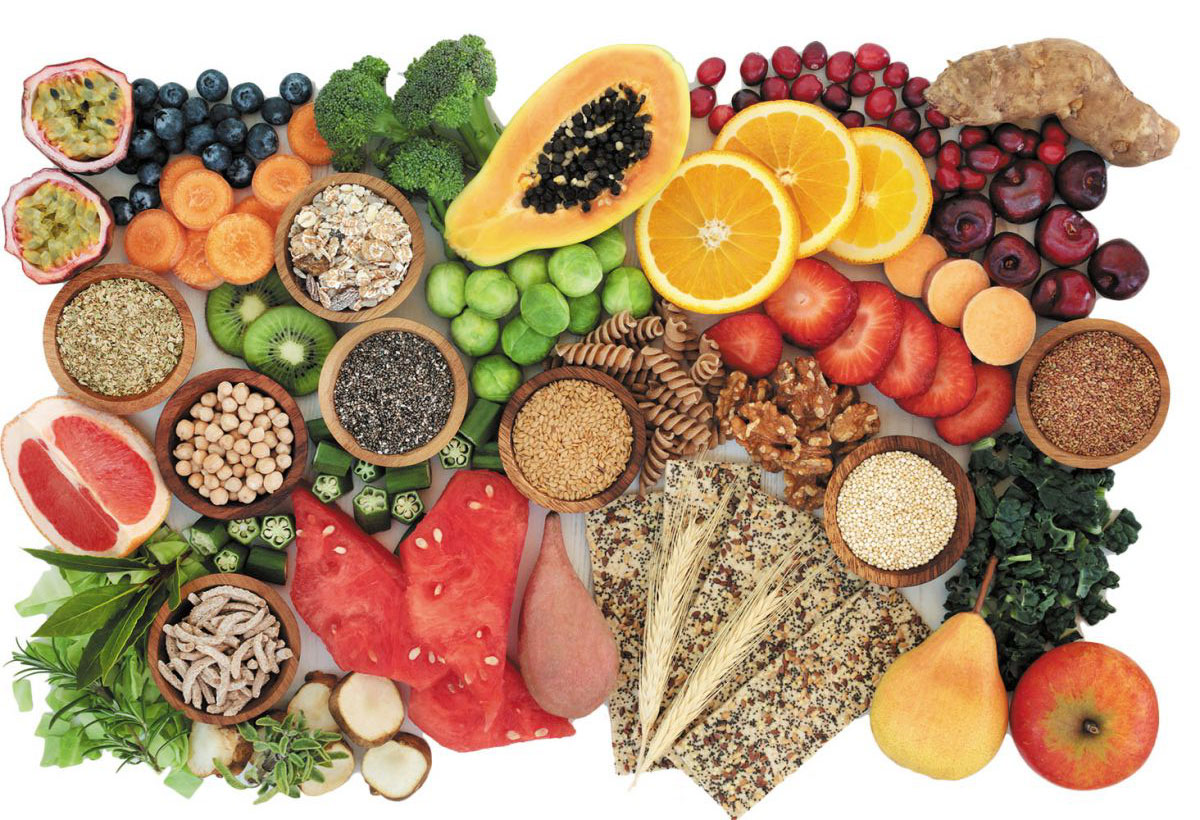
It seems that the older we get, the busier our lives become. When time is of the essence, it’s so much easier to grab a snack or a meal on the go and not think as much about the nutritional benefits. If we take into consideration our busy lifestyles, our food choices, and the subsequent consequence of these food choices that can lead to diarrhea or constipation, it should come as no surprise that Americans consume far below the recommended fiber intake.
Before we dive into how much fiber we should eat per day, let’s recap on what fiber is and the types of fiber that are available. Generally speaking, fiber is a carbohydrate that cannot be broken down by the body and instead, remains undigested. It’s a great source of energy and when we consume higher fiber foods, we can stay fuller for longer. The types of fiber include:
- Soluble fiber, which will dissolve in water and can help lower cholesterol and blood glucose levels
- Insoluble fiber will not dissolve in water and can help expedite food through the digestive tract while also preventing constipation and promoting regularity
Other advantages to increasing our fiber intake include lowering our risk for diabetes and heart disease, lowering high cholesterol and triglyceride levels, and assisting in weight management to decrease abdominal weight gain. There continues to be more and more research coming out in support of high fiber diets that also goes hand in hand with plant-based foods. A recent book published by a board-certified gastroenterologist talks about exactly that in his book, Fiber Fueled. Dr. Will Bulsiewicz took over 600 science backed research studies and turned it into an incredibly informative book. His website is also packed with information and can be found here.
So how much fiber should we consume each and every day? If you do a quick google search, it will tell you we need about 25-35 grams of fiber per day. The average American only consumes about 15 grams in a single day, leading to the rise of some of the health concerns discussed previously. This number is a good place to start, however it’s also important to note that the diversity of the foods (specifically plants) you consume is also important, as is pre- and probiotics.
Below you will find some examples of soluble, insoluble fiber, and prebiotic fiber. This is by no means an extensive list, but can get you started..
| SOLUBLE FIBER | INSOLUBLE FIBER | PREBIOTIC FIBER |
|---|---|---|
| Beans | Whole grains | Chicory root (or pure inulin) |
| Lentils | Whole wheat bread | Acacia powder |
| Oatmeal | Brown rice | Chia and flax seeds |
| Nuts | Legumes | Jerusalem artichokes |
| Avocadoes | Carrots | Asparagus |
| Apples | Cucumbers | Dandelion greens |
| Blueberries | Tomatoes | Bananas (underripe) |
| Citrus fruits | Onions |

If you’re someone who tends to have loose stool (diarrhea), focusing on increasing your soluble fiber can be helpful. If you struggle with the opposite and find yourself more constipated, with harder, pellet-like stool, insoluble fiber can make stool easier to pass and alleviate these symptoms.
Keep in mind that when you begin increasing your fiber intake (no matter what type of fiber), this should occur slowly and over time. If you make changes too abruptly, you can find your stomach “rebels” and you can become bloated, gassy, crampy, and generally uncomfortable. One suggestion is to transition to increasing fiber by about 5 grams and maintaining that amount for 3-5 days before increasing fiber again by 5 grams until you reach the recommended 25-35 grams or desired stool consistency and frequency.
Fiber is such an important part of our diet and most of us need to work a little harder to increase our fiber intake. The benefits discussed in this blog of increasing fiber is not extensive. As more research continues to surface, even more benefits will be revealed. The impact of fiber on our general gastro-intestinal (GI) health also correlates with our pelvic health. Whether you have dealt with diarrhea, constipation, or even bladder issues affected by your diet, your pelvic floor can be impacted. We are always here to help you navigate through these symptoms and more specifically focus on your pelvic floor to address either tension or weakness to improve your overall function.
If you’re curious about how much fiber a certain food has, a great resource is: https://www.nutritionix.com

